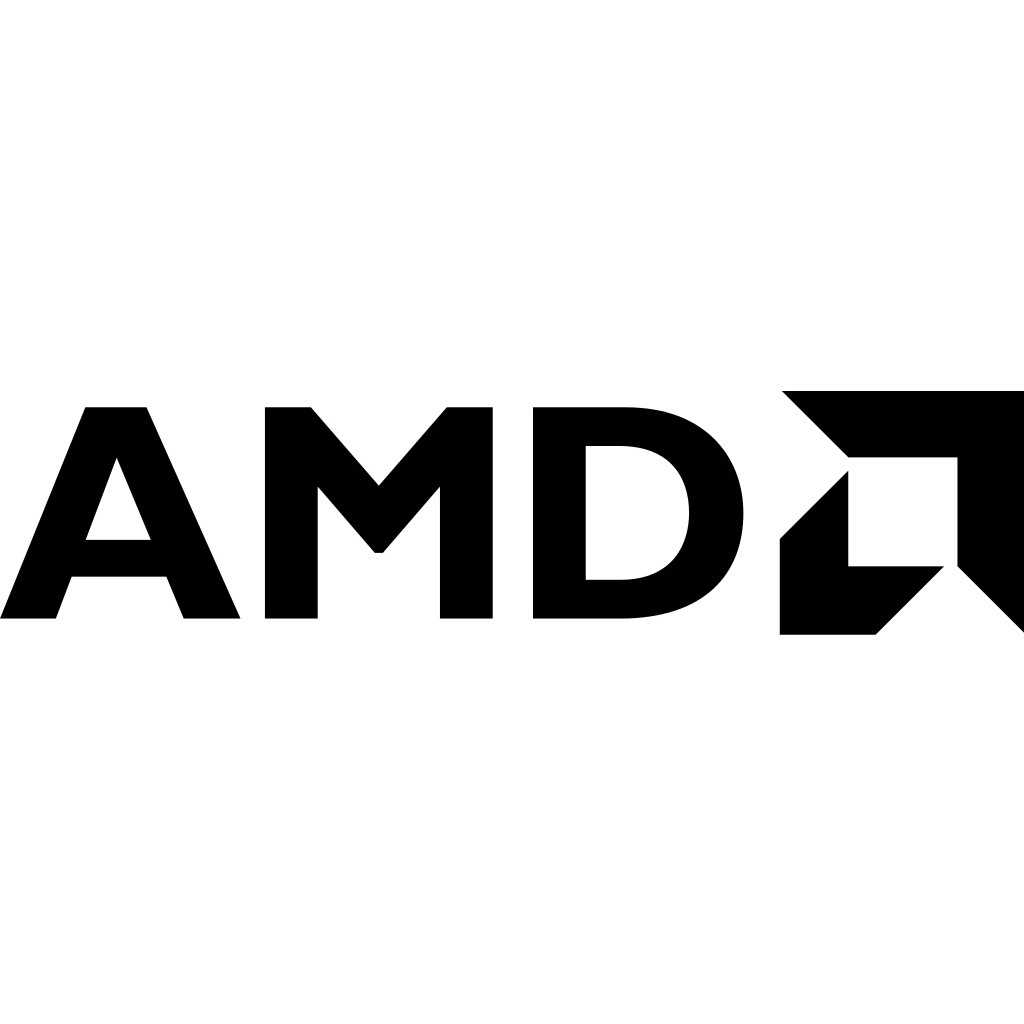Technology
Why AMD Landed a New Street-High Analyst Price Target

Published:
Last Updated:

It has been no secret that Advanced Micro Devices, Inc. (NASDAQ: AMD) came back with a vengeance in 2016. Even after an exponential rise last year, the stock had risen from the $11.34 year-end closing price to north of $14.00 and even $15.00 before a large share sale by Mubadala and perhaps a ‘sell the news’ on the Ryzen 7 brought some more recent selling. The hope for the new Ryzen 7 processors and upcoming developments are keeping most analysts from throwing in the towel. In fact, most analysts still seem to be raising AMD’s price targets ahead.
After a bullish analyst call had a street-high target of $16.50 last week, now a new street-high analyst price target of $17.00 has been issued by Canaccord Genuity. The firm has had a Buy rating and its prior price target was $14.00. What drove the upgraded price target is that Canaccord Genuity has hosted a series of focused investor meetings with AMD CEO Dr. Lisa Su over the last three weeks. Ten key takeaways were given in the report.
Matthew Ramsay, the analyst behind the new street-high target for AMD, is now more confident in the positive thesis even considering the recent stock appreciation and volatility.
Ramsay sees AMD re-emerging as a competitive second source to Intel across relevant x86 CPU markets from enterprise and gaming desktops, media-focused notebooks and certain server market segments. He also sees a gradual GPU unit share recovery in low market tiers and being able to deliver a multi-generational roadmap with customer backing and foundry partners. He sees a total addressable market of $50-plus billion with modest growth assumptions and low market share levels.
What is going to ultimately drive more interest is what Ramsay sees for earnings power ahead. His report noted:
While we recognize roadmap execution and competitive risks remain, we believe risk/reward is still tilted toward the upside and our long-term bullish target of $1.00 in earnings per share remains attainable by 2020.
More views were given regarding what the Vega can do for the gaming and datacenter accelerator business and on the Naples in the server market. Virtual reality and 4K graphics are also likely to increase the gaming console refresh cycle, with big upside coming to margins ahead.
Tow more areas of strength were also cited. These included AMD’s strategy to engage customers through new product design wins, its semi-custom development, and more intellectual property licensing opportunities. Another upside ahead was what new product growth could mean for AMD’s gross margin and a path toward material long-term earnings power.
Rosenblatt Securities issued a rather bullish target for AMD back on February 28, and it was a $16.50 price target. That report from Hans Mosesmann said the dynamics of the week should cause pause and reflection. He noted that the price being half of Intel should give AMD market share gain in desktops, allowing that $500 savings to be spent on a better display, or GPU card, or storage solution. His real take-away shows why AMD is still a Buy and why Intel is a Sell:
The 8-core Ryzen 7 is a 95 watt rated CPU, over 30% more thrifty on energy than Intel’s 8-core i7 6900K. This is an eyebrow-raising event to say the least and likely due to a very efficient design not easily solved by Intel in the near-term (process or architecture-wise). The implications of Zen in the server space are now more easily visible. A much cheaper x86 CPU, and significantly lower power consumption will lead to a much lower TCO. We measure TCO as the optimization of performance, per watt, per cubic foot, per dollar. We are in the camp of AMD re-capturing 10% or more of the x86 market in dollars (PC and server) as they did 7-8 years ago.
AMD shares closed up 0.7% at $13.32 on Thursday. Its consensus analyst price target was last seen at $11.79 and its 52-week range is $2.15 to $15.55.
Thank you for reading! Have some feedback for us?
Contact the 24/7 Wall St. editorial team.